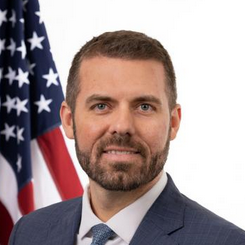The U.S. Food and Drug Administration (FDA) announced on its website that it intends to extend the compliance date for the Food Traceability Rule (the “final rule”) by 30 months. The FDA intends to extend the compliance date using appropriate procedures at a later time, including publishing a proposed rule in the Federal Register.
The FDA remains committed to successful implementation of the full requirements of the final rule, as they will allow for faster identification and removal of potentially contaminated food from the market, resulting in fewer foodborne illnesses and deaths. Accordingly, the compliance date extension does not amend the requirements of the final rule. Instead, the compliance date extension affords covered entities the additional time necessary to ensure complete coordination across the supply chain in order to fully implement the final rule’s requirements—ultimately providing FDA and consumers with greater transparency and food safety.
The final rule establishes additional traceability recordkeeping requirements (beyond what is already required in existing regulations) for persons who manufacture, process, pack, or hold foods on the Food Traceability List. The final rule requires a higher degree of coordination between members of the food industry than has been required in the past. Therefore, to achieve the full public health benefits of the final rule, all covered entities must be in compliance. Even those few entities who are well positioned to meet the final rule’s requirements by January 2026 have expressed concern about the timeline, in part because of their reliance on receiving accurate data from their supply chain partners, who are not similarly situated. Therefore, FDA intends to allow industry additional time, across all regulated sectors, to fully implement the final rule’s requirements.
The FDA intends to use the extended time period to continue the agency’s work with stakeholders, including by participating in cross-sector dialogue to identify solutions to implementation challenges and by continuing to provide technical assistance, tools, and other resources to assist industry with implementation.
The final rule applies to domestic and foreign entities producing food for U.S. consumption and was issued in 2022 in accordance with the FDA Food Safety Modernization Act.




















